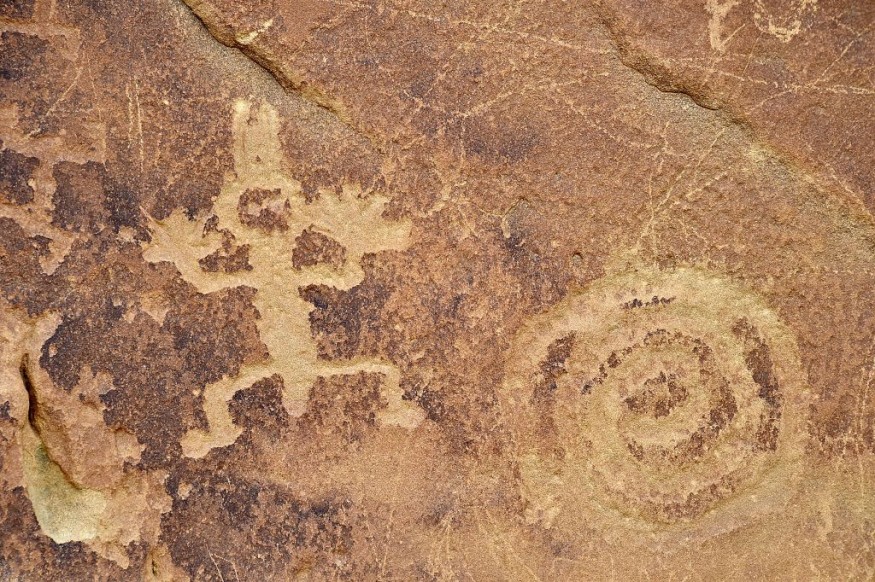Petroglyphs are rock carvings found in North America and different parts of the world, often made by ancient civilizations centuries ago. These mysterious ancient drawings are long thought to symbolize humans or animals, as well as narrate events like hunting, battles, natural disasters, triumphs, and other significant milestones.
For decades, humans have uncovered these works of art, ranging from different cultures across the recorded history, even the ones before it. The stone carvings are mainly powerful cultural symbols that resonate the developed, sophisticated society and religion of a given tribe, according to the National Park Service. It is also a form of linguistic communication which meant to convey a message.
One of the latest discoveries of ancient petroglyphs was reported in Hawaii recently, wherein the carvings were found underneath the sand of a beach after a large surf or waves removed the thick layer of covering and washed them away. In previous years, there are multiple petroglyphs found in the US island state, which includes similar rock art along Hawaii's Waianae coast.
Recent Hawaii Petroglyphs Discovery

North Shore resident Robert Lanfranchi was the first one who saw the petroglyphs in March 2023 in an area between Ke Iki and Pipeline area of Oahu, which is typically covered with up to 10 feet of sand, Hawaii local news KHON2 reported.
The same petroglyphs were temporarily exposed for at least several days following the Eddie swell in January 2013, residents said they have not seen the ancient drawings since 2016. Meanwhile, other residents admitted of not having seen one in the area.
Experts estimated have been several dozens of recorded petroglyphs in the Hawaiian area, ranging from Ke Iki to Ehukai. They added it could have taken at least a day or more to carve just one image in the sediment.
Dr. Kekuewa Kikiloi, an associate professor at the University of Hawaii Manoa, explains the stone images were carved, including pecking, using a harder stone tool on the surface of a substrate rock. Kikiloi adds petroglyphs depicting human and animal symbols indicate the carvings dates back to pre-contact era, which could date between 80 AD to 1778.
Who are the First Settlers of Hawaii?
In 2016, petroglyphs were found in some parts of a Hawaii beach, as mentioned earlier. In a statement back then by Hawaii's Department of Land and Natural Resources, the shifting sands on the Big Island's Waianae coast on Oahu island revealed the rare stone carvings, which some experts believe to date over 400 years ago, CNN reported.
Historians believe that Polynesians were the first settlers of the Hawaiian Islands, dating back as early as 400 CE, when the inhabitants arrived from the Marquesas Islands, which is 2000 miles away, through canoes, according to the Smithsonian Magazine.
The Polynesians consist of highly skilled farmers and fishermen, who lived in small communities under the leadership of chieftains who fought other local leaders for territory, the magazine reported. It was until 1778 when the first European voyage led by Captain James Cook reached Hawaii. Cook named the Hawaiian Islands after the Earl of Sandwich.
Related Article: 400-Year-Old Petroglyphs Found Along Hawaiian Coast
© 2025 NatureWorldNews.com All rights reserved. Do not reproduce without permission.





